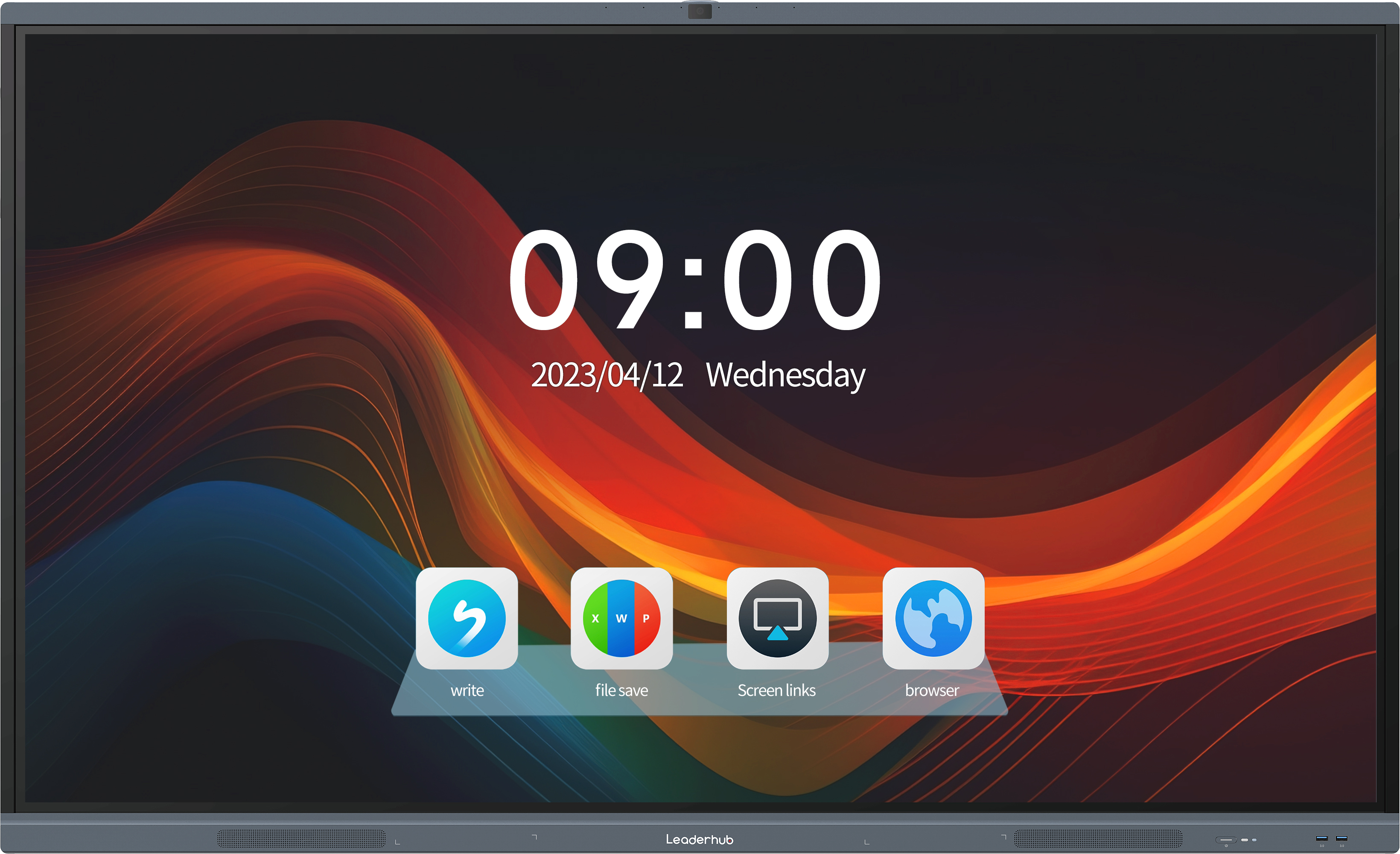Unlocking New Possibilities in Technology

Advantages and application fields of tablet multi-screen interaction are truly remarkable, revolutionizing the way we use technology in various contexts. This innovative feature provides users with a seamless and efficient experience, enabling them to connect and interact with multiple devices simultaneously. In this article, we will delve into the benefits and explore the diverse application fields where tablet multi-screen interaction excels.
Enhanced Productivity
One of the key advantages of tablet multi-screen interaction is its ability to enhance productivity. With this feature, users can effortlessly multitask and perform various activities across different devices. For example, you can easily drag and drop files between devices, view multiple documents side by side, or even extend your workspace across multiple screens. This versatility not only saves time but also allows for a more efficient workflow, making it an invaluable tool for professionals, students, and individuals alike.
Seamless Collaboration
Tablet multi-screen interaction fosters seamless collaboration, offering a powerful tool for team projects, presentations, and brainstorming sessions. With the ability to connect multiple screens, users can share content, ideas, and applications effortlessly. For instance, colleagues can simultaneously work on a shared document, making real-time edits and revisions. This feature also provides an immersive and engaging experience during presentations, allowing presenters to interact with their audience while showcasing content on multiple screens.
Entertainment and Gaming
The entertainment and gaming industry has been greatly influenced by tablet multi-screen interaction. This feature enhances the overall experience by allowing users to connect their tablets with other devices, such as TVs or gaming consoles, turning them into additional interactive screens. This opens up a whole new world of possibilities, from using tablets as game controllers to extending gaming interfaces across multiple screens. Additionally, tablets can serve as second screens, displaying supplementary content, statistics, or maps during movies, TV shows, or sports events, enriching the viewing experience.
In conclusion, the advantages and application fields of tablet multi-screen interaction are vast and diverse. From enhancing productivity and facilitating collaboration to revolutionizing entertainment and gaming, this feature has the potential to reshape the way we interact with technology. As technology continues to evolve, tablet multi-screen interaction will likely play a crucial role in driving innovation and improving user experiences across various domains.

